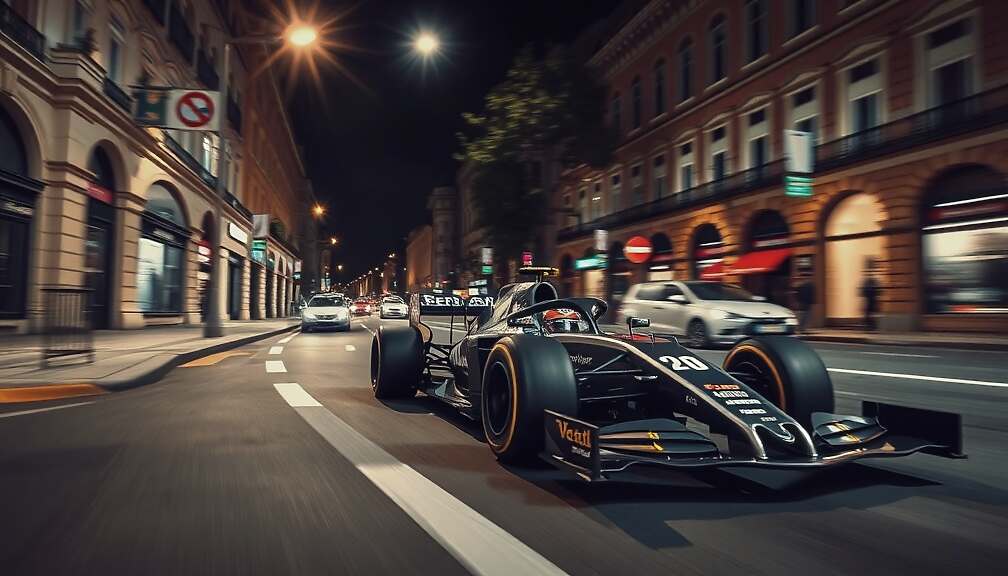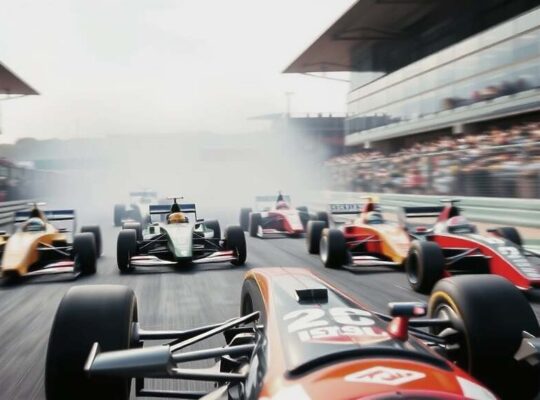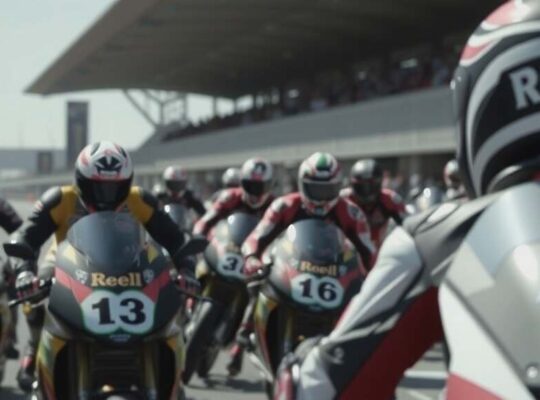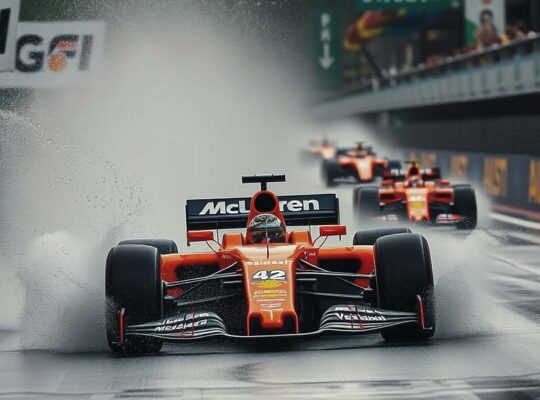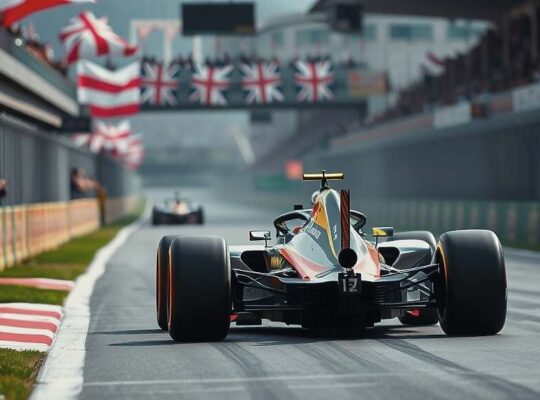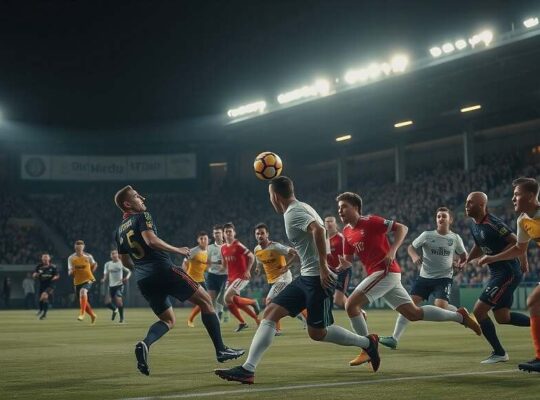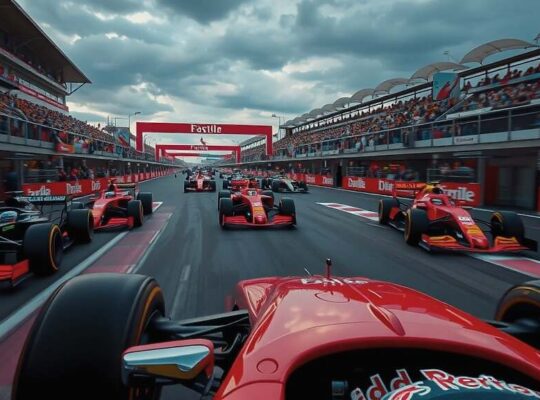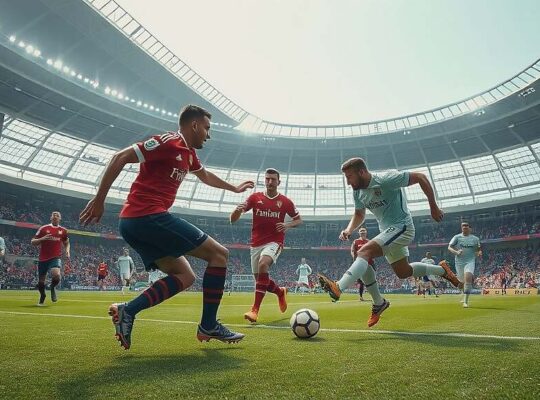The Las Vegas Grand Prix qualifying session delivered a dramatic shakeup of the established order, with McLaren’s Lando Norris seizing a surprise pole position amidst challenging and controversial conditions. Norris clocked a blistering 1:47.934, edging out Red Bull’s Max Verstappen, who posted a 1:48.257 and setting the stage for a potentially unpredictable race.
The session was marked by a late-race downpour which significantly impacted performance and introduced an element of risk for the drivers. Carlos Sainz’s strong performance, securing him a spot on the second row alongside George Russell, offered a glimmer of hope for Ferrari, though persistent problems with the team’s strategy continue to draw scrutiny.
Adding to the complexity, an investigation is underway concerning Carlos Sainz, with officials examining the circumstances of his return to the track. The incident highlights a lack of clear communication and potentially inadequate track management protocols under rapidly changing weather conditions, raising questions about driver safety.
Further complicating matters, the start of Q2 was delayed due to debris on the track, forcing a pause and prompting a review of trackside cleanup procedures. Oscar Piastri’s recovery drive, barely avoiding elimination in Q2 to eventually qualify fifth, underscored the narrow margins between success and failure in the volatile qualifying session.
While Norris’s pole position cements his position as a leading contender, the underlying issues exposed – questions surrounding track safety, Ferrari’s ongoing strategic struggles and the unpredictable nature of the Las Vegas circuit – suggest a compelling and highly scrutinized race awaits. The investigation into Sainz’s return to the track is particularly noteworthy, potentially impacting his grid position and further fueling debate about the governance of Formula 1.


